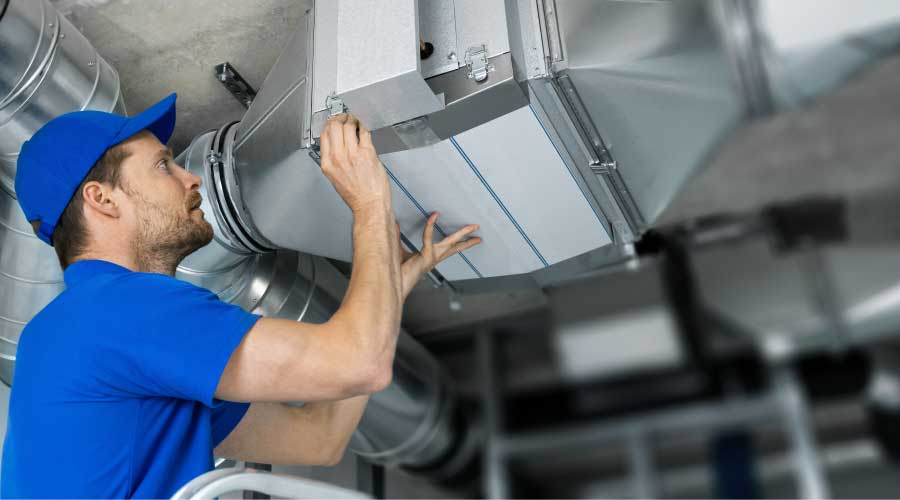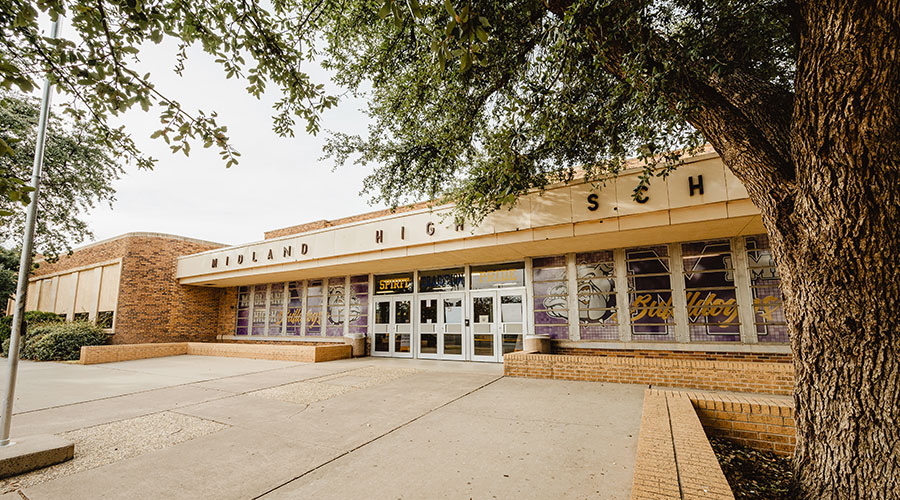Portable Cooling: Calculating Cooling Loads
Preparing for whatever emergency might strike an institutional or commercial facility involves a host of challenges for maintenance and engineering managers. One challenge is determining the type of emergency most likely to occur. From storms, hurricanes, and tornados to problems caused by flooding combined with extreme heat, emergencies can create short- and long-term cooling needs.
Few challenges in the emergency-preparation process are as critical as determining temporary or portable cooling loads when an event disables the installed cooling system.
If a system is too small, the area might not cool properly. If it is too large, the result will be inefficient operation, frequent cycling of the unit, excessive noise, and improper humidity control.
By looking at the power requirements of all equipment operating in the space to develop accurate calculations of cooling loads, managers will be in a better position to prepare their facilities for emergencies and match cooling loads to rental-equipment options.
Quick Calculations
When calculating the cooling load for a particular space, managers can use a rough estimate of 600 Btu per person. So a quick estimate for a 400-square-foot office with minimal occupancy is about 12,000 Btu, or 1 ton of cooling. A more crowded space with more heat-generating equipment will need 1 ton of air conditioning for about every 250 square feet, according to load-calculation experts.
For a very densely loaded space, such as an unstaffed, enclosed data center with lots of stacked computer and telecommunications equipment, managers can make a quick estimate by adding the cooling loads for each equipment type. The process starts with listing the quantity of equipment, watts, and volts — for available power and plug type — and amps, for breaker size. Add the watts, and multiply by 3.5 to get total equipment cooling load in Btu.
Managers can find the Btu output for cooling equipment on the nameplate, in the operating manual, or on the specification sheet provided by the manufacturer. If all the watt ratings of the equipment add up to 10,000, then the total Btu of cooling load is 35,000 — 10,000 multiplied by 3.5 Btu per watt.
If only the volts and amps are available, another way to estimate the load is to multiply the voltage by the sum of the nameplate full-load amps and multiply the result by 3.5 to get Btu cooling load.
Related Topics:













